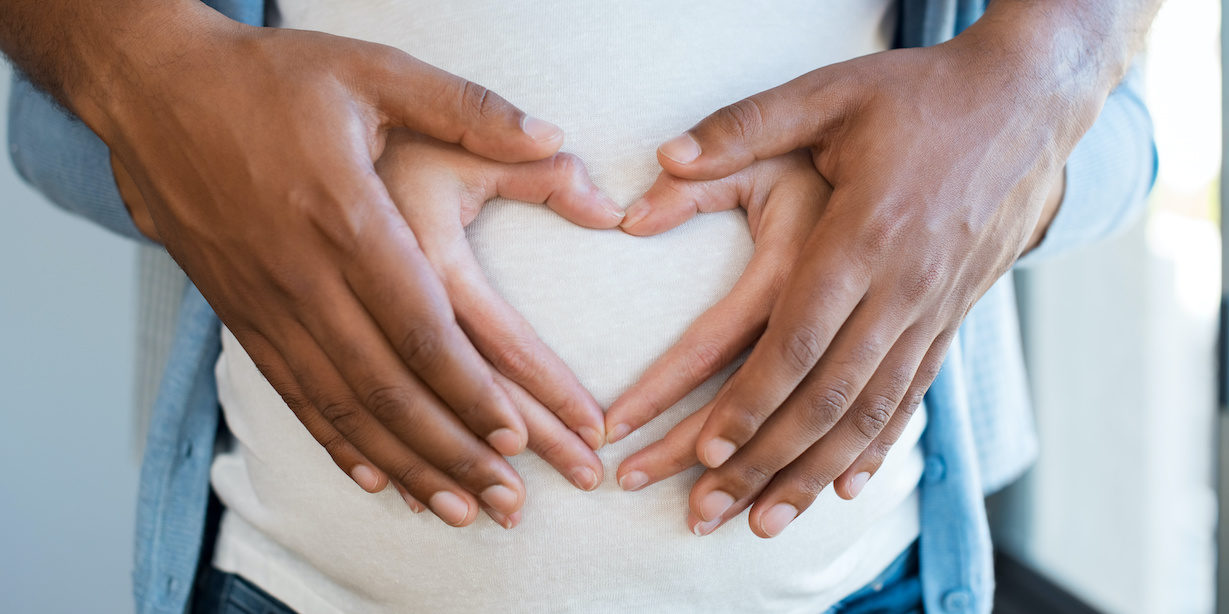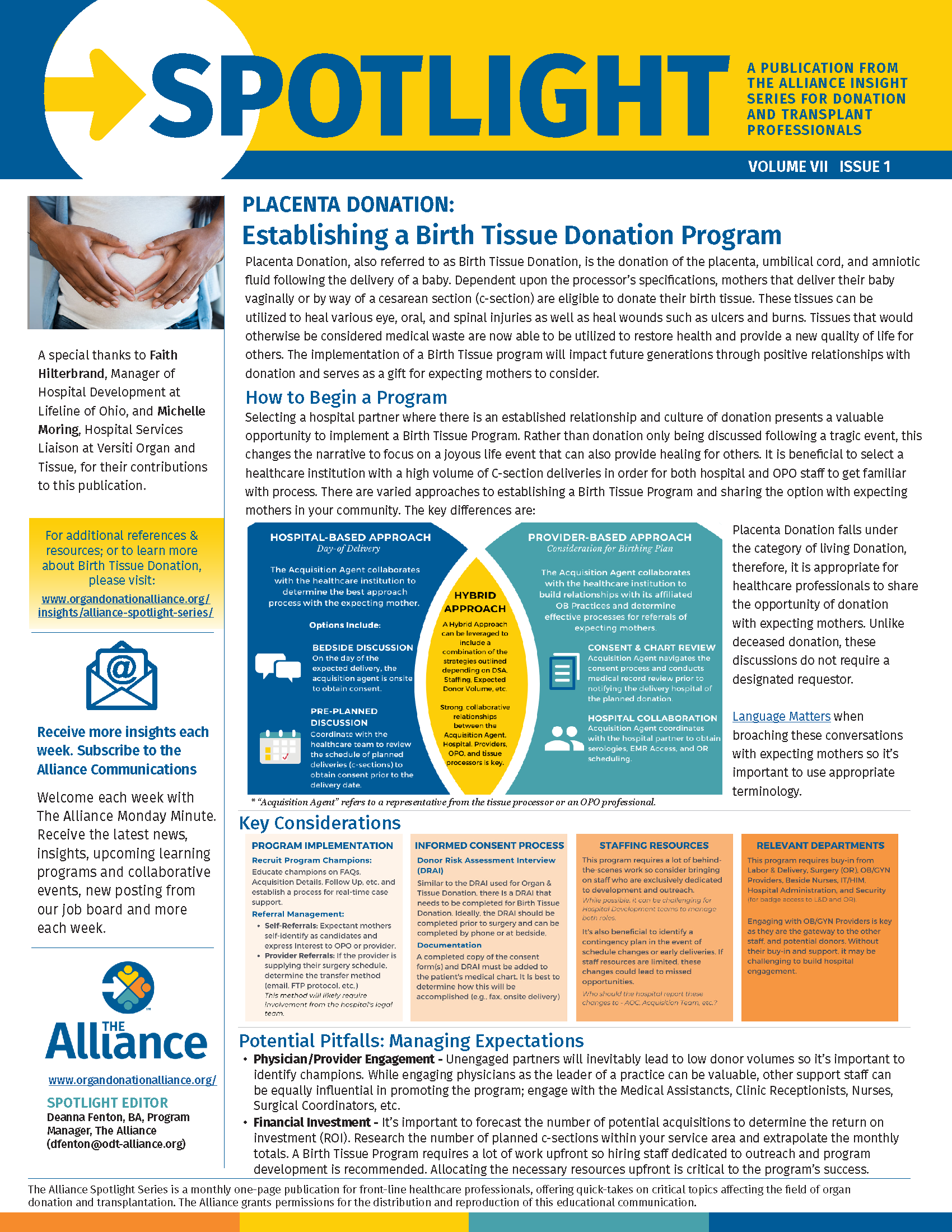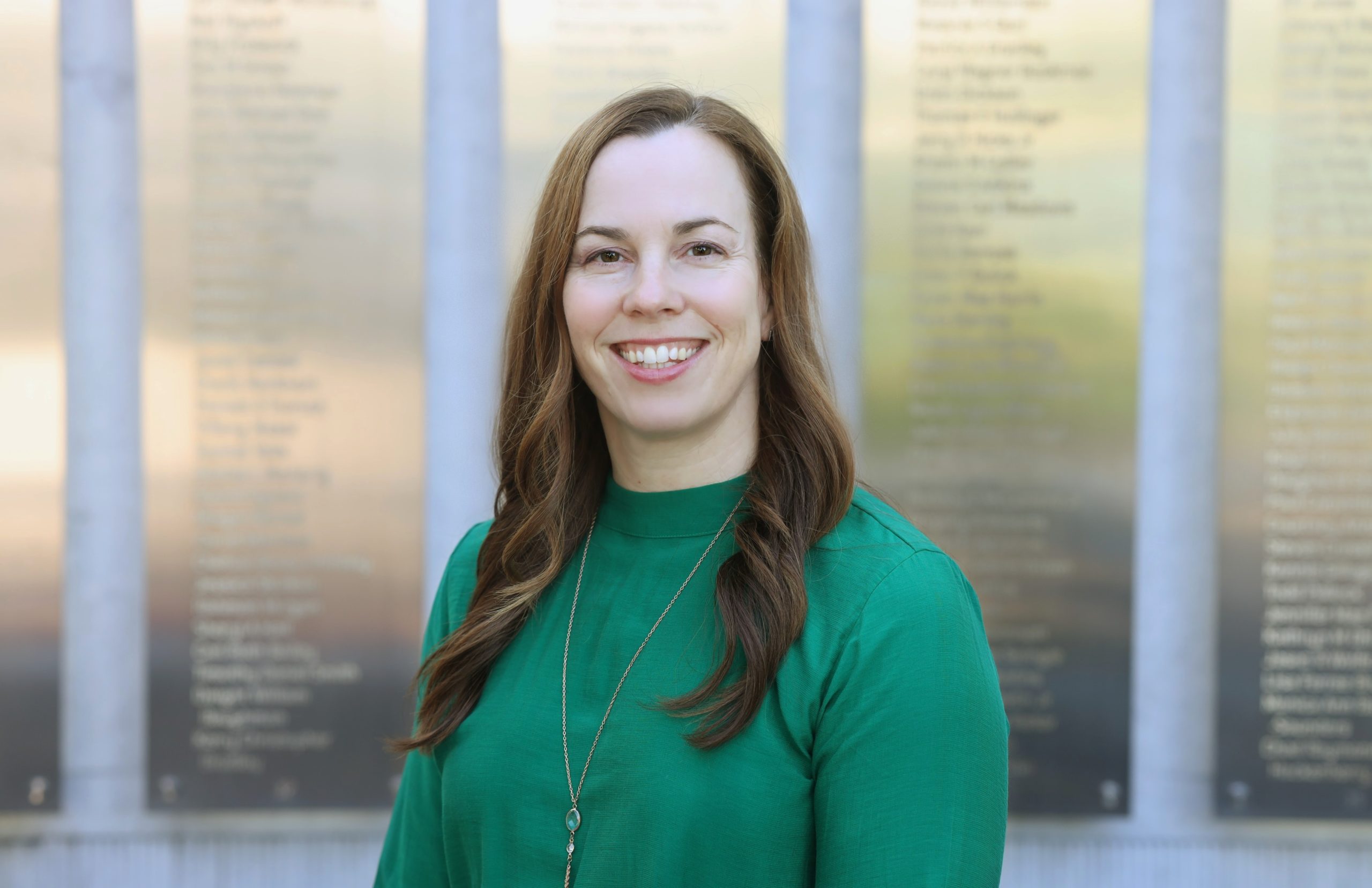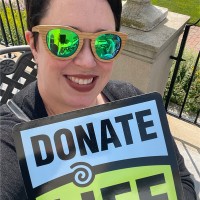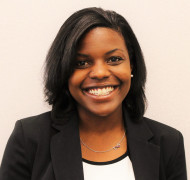Placenta Donation, also referred to as Birth Tissue Donation, is the donation of the placenta, umbilical cord, and amniotic fluid following the delivery of a baby. Dependent upon the processor’s specifications, mothers that deliver their baby vaginally or by way of a cesarean section (c-section) are eligible to donate their birth tissue. These tissues can be utilized to heal various eye, oral, and spinal injuries as well as heal wounds such as ulcers and burns. Tissues that would otherwise be considered medical waste are now able to be utilized to restore health and provide a new quality of life for others. The implementation of a Birth Tissue program will impact future generations through positive relationships with donation and serves as a gift for expecting mothers to consider.
How to Begin a Program
Selecting a hospital partner where there is an established relationship and culture of donation presents a valuable opportunity to implement a Birth Tissue Program. Rather than donation only being discussed following a tragic event, this changes the narrative to focus on a joyous life event that can also provide healing for others. It is beneficial to select a healthcare institution with a high volume of C-section deliveries in order for both hospital and OPO staff to get familiar with the process. There are varied approaches to establishing a Birth Tissue Program and sharing the option with expecting mothers in your community. The key differences are:
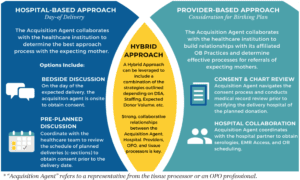
Placenta Donation falls under the category of living donation; therefore, it is appropriate for healthcare professionals to share the opportunity of donation with expecting mothers. Unlike deceased donation, these discussions do not require a designated requestor.
Language matters when broaching these conversations with expecting mothers, so it’s important to use appropriate terminology.
Key Considerations

Potential Pitfalls: Managing Expectations
- Physician/Provider Engagement – Unengaged partners will inevitably lead to low donor volumes so it’s important to identify champions. While engaging physicians as the leader of a practice can be valuable, other support staff can be equally influential in promoting the program; engage with the Medical Assistant, Clinic Receptionists, Nurses, Surgical Coordinators, etc.
- Financial Investment – It’s important to forecast the number of potential acquisitions to determine the return on investment (ROI). Research the number of planned c-sections within your service area and extrapolate the monthly totals. A Birth Tissue Program requires a lot of work upfront so hiring staff dedicated to outreach and program development is recommended. Allocating the necessary resources upfront is critical to the program’s success.




